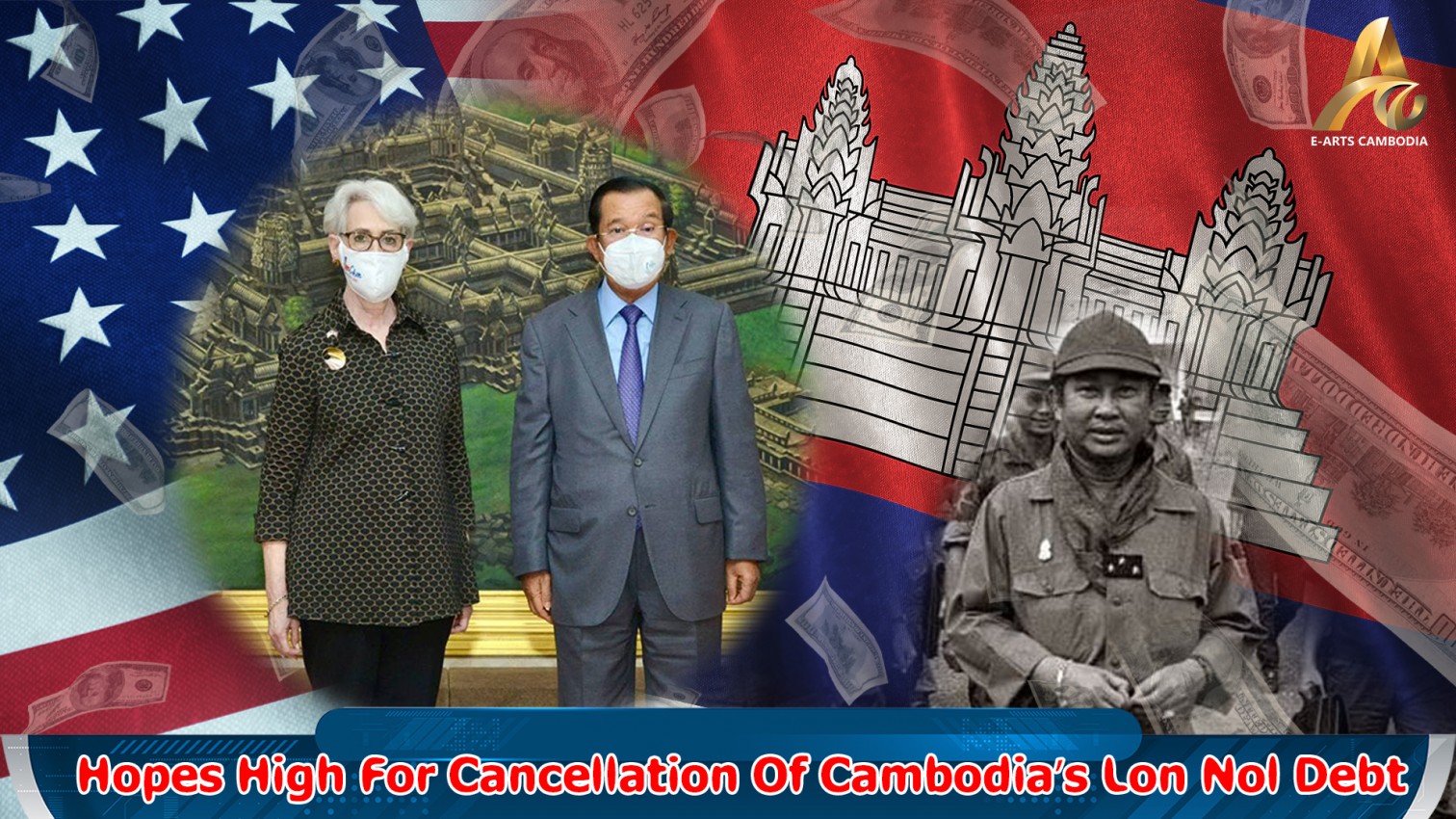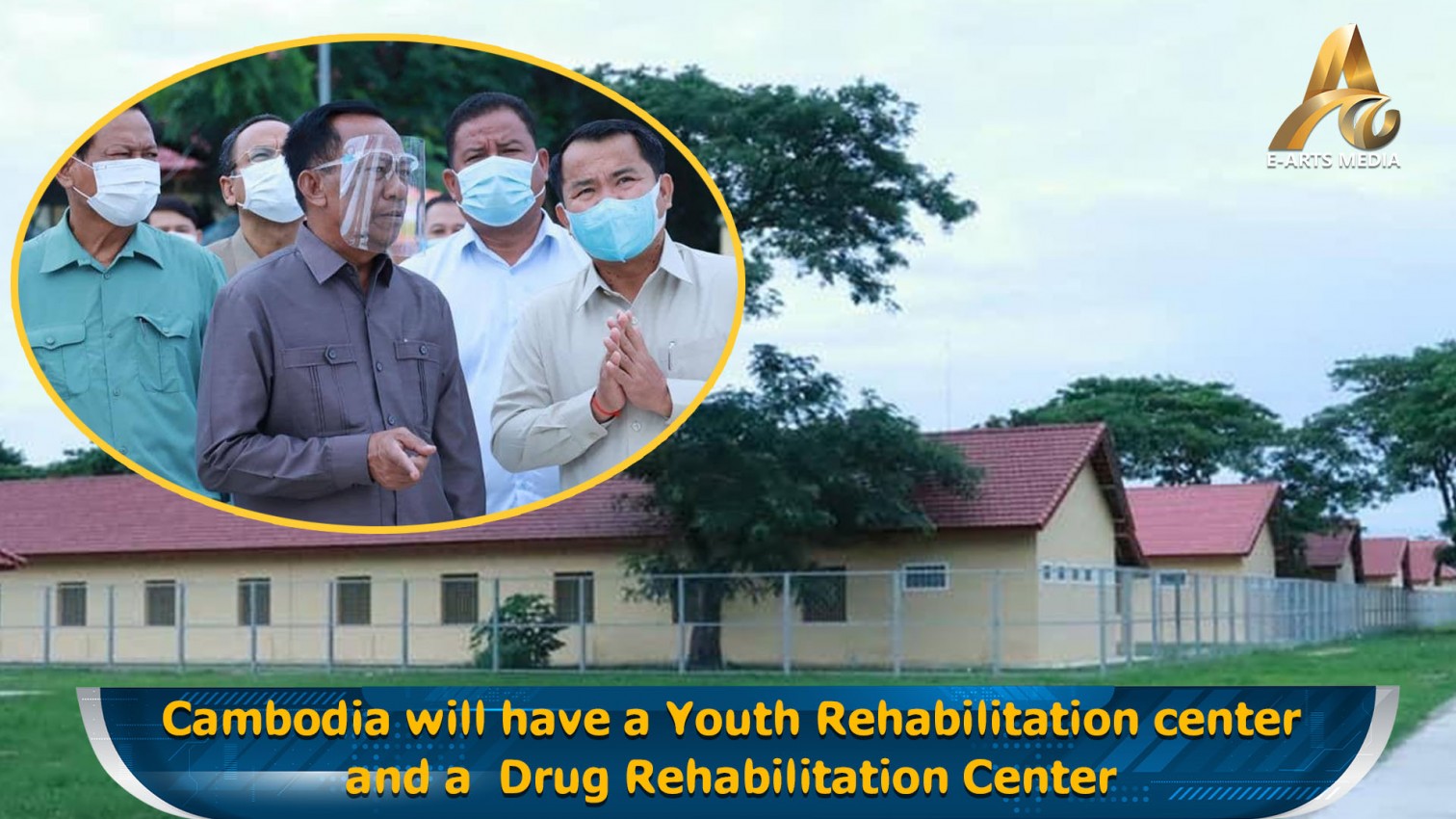
APSARA National Authority Collaborates with Sophia University in Archaeological Excavation at Banteay Kdei Temple
PHNOM PENH, August 27, 2024 — The APSARA National Authority, in collaboration with Sophia University, has embarked on an archaeological excavation at an ancient mound located southeast of Banteay Kdei Temple, beginning in early August 2024.
The project seeks to explore the connection between the temple's walls and the mound, providing a deeper understanding of the lives of people from the pre-temple era through to the post-Angkorian period. This excavation is part of a broader effort to uncover the historical layers of the site and the various phases of settlement and construction over centuries.
Mr. Nhim Sotheavin, a researcher and professor at Sophia University in Japan, explained that the excavation site was chosen based on lidar imaging technology, which revealed several mounds similar to those at Angkor Wat and Ta Prohm. The excavation aims to shed light on historical housing and settlement patterns while also focusing on human resource training—a priority for Sophia University since 1991.
"This year, three students from the Faculty of Archaeology at the Royal University of Fine Arts have been selected to participate in the excavation," Mr. Sotheavin added, highlighting the university's ongoing commitment to academic collaboration and capacity-building in Cambodia.
APSARA National Authority archaeologist Mr. Vito Phearum provided details on the excavation process, stating that the team excavated three pits: two measuring 2 meters by 2 meters and one measuring 2 meters by 1.5 meters. Each pit was divided into four main stratigraphic layers. The excavation revealed that the mound within the temple's walls was constructed in three major phases: preparation, construction, and post-construction.
Among the discoveries were Khmer and Chinese ceramics dating back to the late 12th and early 13th centuries, found in the third layer. These findings offer new insights into the activities of individuals living near the temple and their interactions with the sacred site. The artifacts provide crucial archaeological evidence that complements existing inscriptions and enhances our understanding of the historical use and significance of the area surrounding Banteay Kdei Temple.
The excavation at Banteay Kdei is expected to contribute significantly to the broader understanding of Cambodia's archaeological and cultural history, shedding light on the ancient communities that thrived in the Angkor region.
























